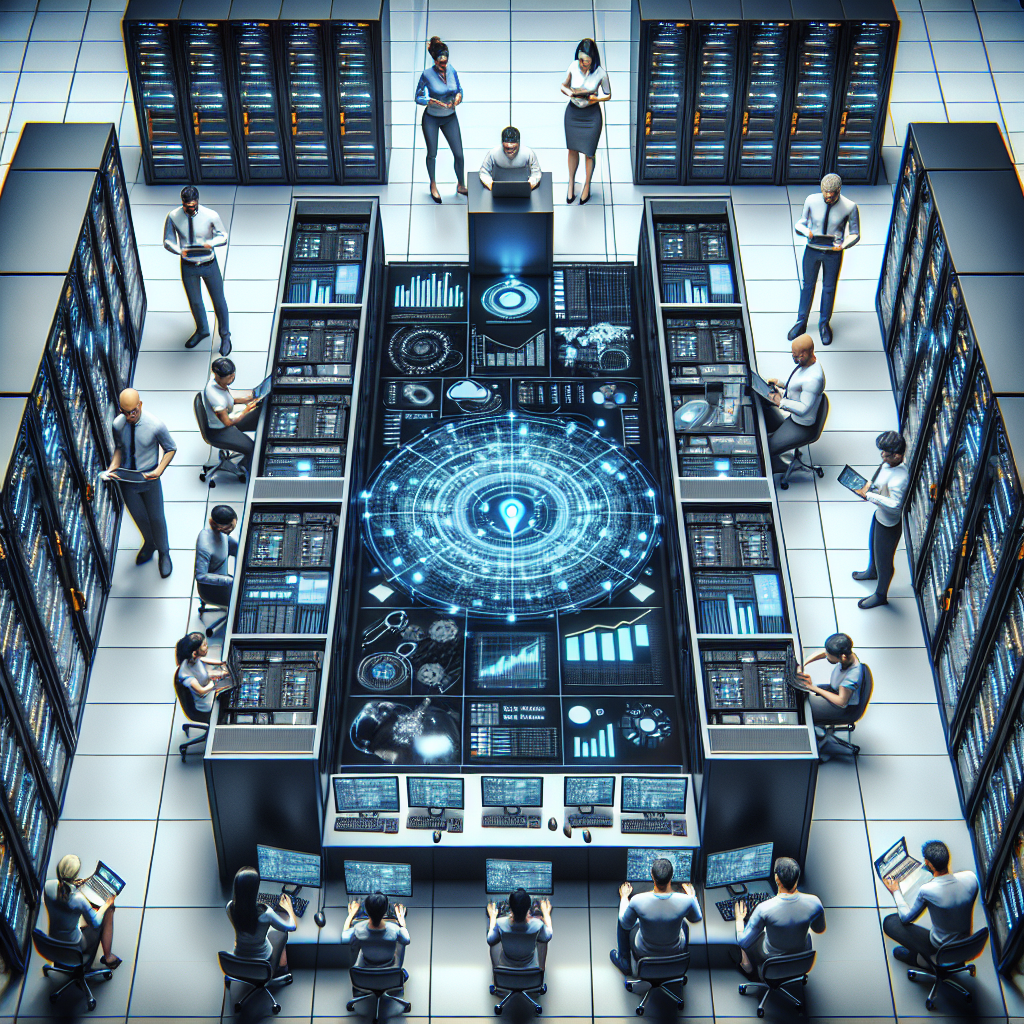Your cart is currently empty!
Top Strategies for Effective Data Center Troubleshooting

Data centers are the backbone of any organization’s IT infrastructure, housing the servers, storage, and networking equipment that keep businesses running smoothly. However, like any complex system, data centers can experience issues that require troubleshooting to resolve. In this article, we will explore some top strategies for effectively troubleshooting data center problems.
1. Monitor and Analyze Performance Metrics:
One of the first steps in troubleshooting data center issues is to monitor and analyze performance metrics. By keeping an eye on key metrics such as CPU usage, memory utilization, network traffic, and storage capacity, IT teams can quickly identify any abnormalities or bottlenecks that may be causing performance issues.
Tools such as monitoring software and performance analytics platforms can help IT teams track these metrics in real-time and provide insights into potential problem areas. By proactively monitoring performance metrics, IT teams can often identify and address issues before they escalate into major problems.
2. Use Root Cause Analysis:
When troubleshooting data center issues, it’s important to go beyond simply addressing the symptoms of a problem and instead focus on identifying the root cause. Root cause analysis is a systematic process for identifying the underlying cause of an issue, rather than just treating the symptoms.
By using techniques such as the “5 Whys” method or fishbone diagrams, IT teams can uncover the root cause of data center problems and develop targeted solutions to address them. This approach can help prevent recurring issues and improve the overall stability and performance of the data center.
3. Implement Change Management Processes:
Effective change management processes are essential for troubleshooting data center issues. Changes to the data center environment, such as software updates, hardware upgrades, or configuration changes, can introduce new variables that may impact performance or stability.
By implementing formal change management processes, IT teams can track and document all changes to the data center environment, making it easier to identify potential causes of issues and roll back changes if necessary. This can help prevent unintended consequences of changes and ensure that the data center remains stable and secure.
4. Collaborate with Cross-Functional Teams:
Data center troubleshooting often requires collaboration between different teams within an organization, such as network engineers, system administrators, and storage specialists. By working together and sharing expertise, teams can leverage a diverse set of skills and perspectives to quickly identify and resolve data center issues.
Cross-functional collaboration can also help break down silos within an organization and foster a culture of teamwork and knowledge sharing. By bringing together experts from different disciplines, IT teams can more effectively troubleshoot complex data center problems and drive continuous improvement.
5. Document and Learn from Past Incidents:
Finally, it’s important to document and learn from past data center incidents to improve troubleshooting processes in the future. By keeping detailed records of incidents, including the steps taken to resolve them and any lessons learned, IT teams can build a knowledge base of best practices and strategies for troubleshooting data center issues.
By analyzing past incidents and identifying trends or patterns, IT teams can develop proactive strategies to prevent similar issues from occurring in the future. This continuous learning and improvement cycle can help organizations build a more resilient and efficient data center environment.
In conclusion, effective data center troubleshooting requires a combination of proactive monitoring, root cause analysis, change management processes, cross-functional collaboration, and continuous learning. By implementing these top strategies, IT teams can quickly identify and resolve data center issues, minimize downtime, and ensure the reliability and performance of their IT infrastructure.

Leave a Reply